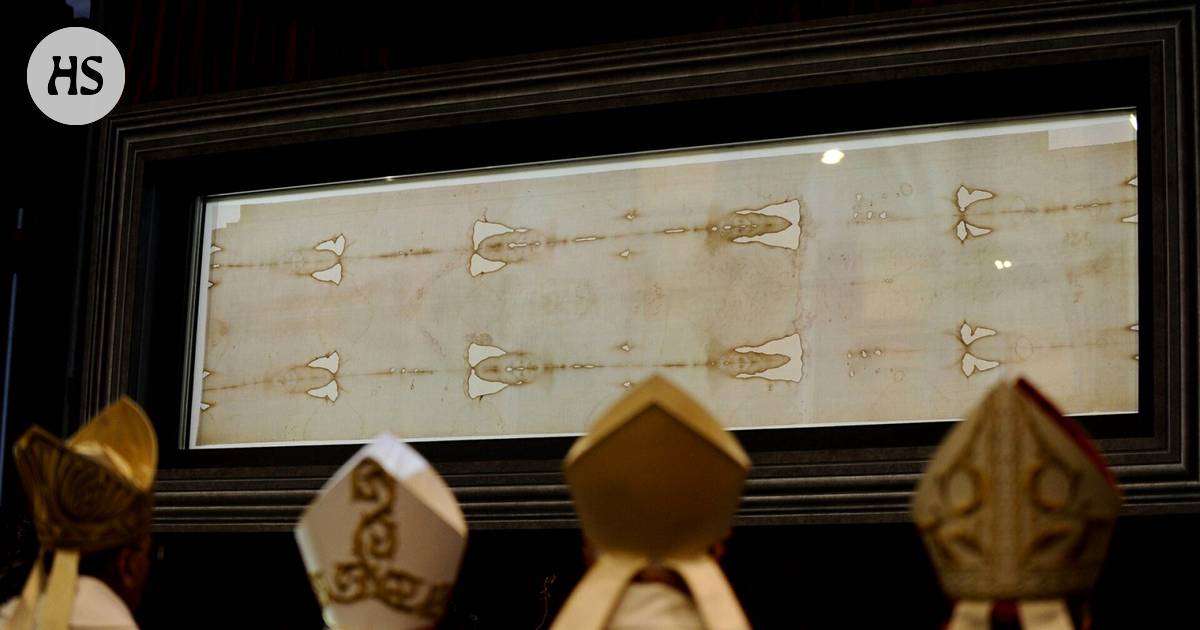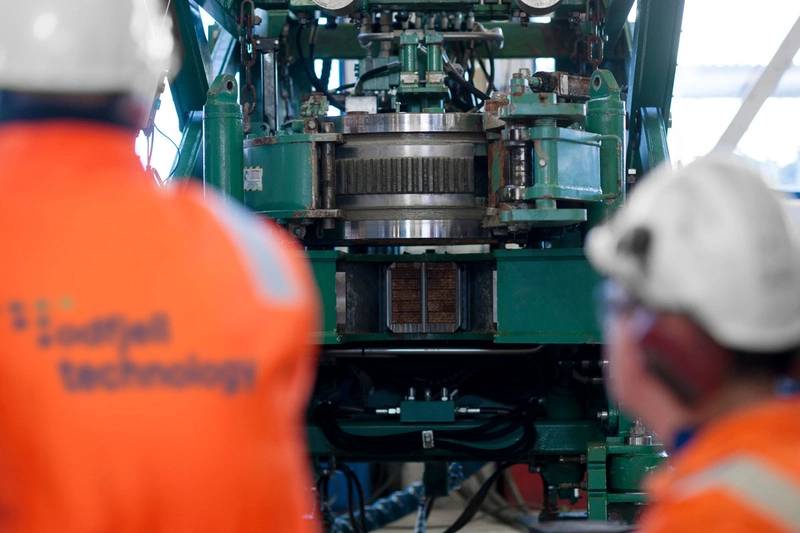New article:
Dating studies have shed light on the Shroud of Turin, a cloth that has been revered by pilgrims as the burial shroud of Jesus for centuries. The shroud, located in a cathedral in northern Italy, has undergone investigation through various methods of natural sciences and historical research. Despite suspicions that it may be a forgery from the 14th century, recent studies have brought its origins closer to the time of Jesus.
In 1988, radiocarbon dating placed the shroud in the 14th century, but this has been disputed due to potential contamination and repair of the fabric over time. A more recent study in 2022 linked the linen material of the shroud to that of the Masada fortress, dating between 55 and 75 AD, closely aligning with the time of Jesus’ death. This new evidence suggests that the shroud may indeed be an authentic relic from the time of Jesus’ crucifixion.
The journey of the shroud from Jesus’ burial to its current location in Turin involves various historical figures and locations, including Antioch in Syria and Edessa. Some historians believe that it may be connected to another iconic cloth called the Mandylion, which disappeared during the sack of Constantinople in 1204. Over time, it eventually made its way to Italy and became part of the Savoy princely family before being kept in a cathedral in Turin today.
Despite ongoing debates about its authenticity and historical significance, research into the shroud continues to provide valuable insights into its origins and journey through history. Whether or not it is truly an authentic relic from Christ’s crucifixion remains a topic of debate among experts today.



